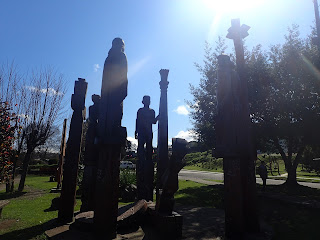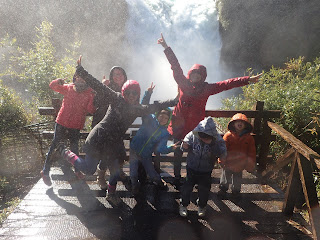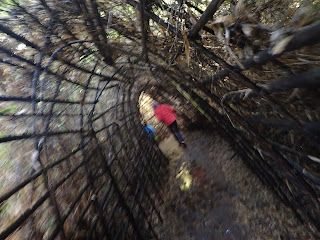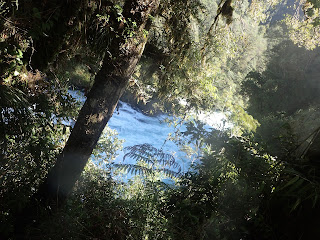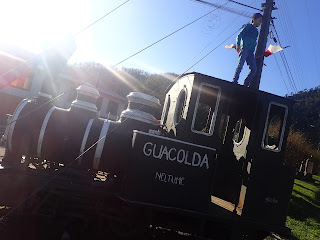We went to Santiago with my cousins and aunt to celebrate the festivities, because like apparently Temuco is fairly lame when it comes to partying (don't get mad at me Temucans. I love Temuco! That's just what I heard.
So... we were on our way to Santiago, and were about 2/7 hours in when they start talking about "Terremotos" on the radio. Ok. I'm not a brick. I know that terremoto means "earthquake". Ok. Maybe I am. 'Cause I thought they were talking about the common, chilean (especially for FP okay!) alcoholic drink with the same name. But then my mom was like "Willito, there was just a really big earthquake in Santiago". And I was like "What? Now?". And she was like "Yeah". And me being cornfield girl was like "Holy moley! We're #@*$ing going to Santiago!" After that, we stopped in Las Angeles to watch the news, and eat completos. I told everyone I was safe, and even though I knew that I was safe, I was shaking the whole time. 'Cause like, it's not everyday that you find your self just outside a 6.4 earthquake. So, we spent the night in Las Angeles, and then I figured that we were going to turn around because Santiago would be a mess. But no. In the morning we continued on our merry way. And what's even more surprising is that there was hardly any rubble in Santiago. And the celebrations were still in full swing.
When I got to Chile, I jugged the cracks. Now I know to never judge the cracks, because you never know what made them, and what was withstood in the process.
We still managed to have an awesome time, and eat lots of amazing chilean food. I could tell you more about the activities, or you could watch my cruddy little movie.
I really can't make movie's. I'm sorry. I tried. It doesn't help that I'm too cheap to buy any ITunes music. But I hope you liked it.






















